EU域外からステンレス調理器具を輸出されていますか? チャンスクックステンレス調理器具のトップメーカーのひとつである日本では、輸入をスムーズにするために、このような輸入手続きと要件に関するガイドを用意しています。
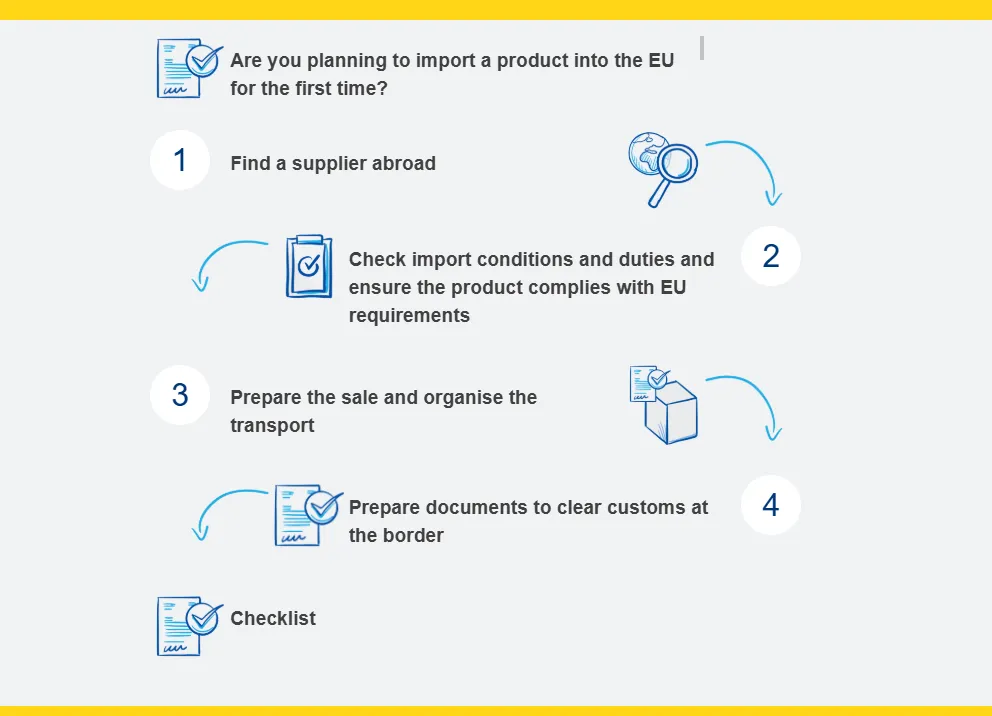
目次
トグルステップ1:信頼できる海外サプライヤーを探す
ステンレス調理器具の輸入は、信頼できるサプライヤーを見つけることから始まります。以下の情報源を活用しよう:
- 商工会議所 市場データ、サプライヤー情報、業界レポートなどを提供している。
- 貿易促進機関およびニュースプロバイダー:市場調査とビジネスチャンス分析を提供
- 貿易コンサルタントと銀行 サプライヤー選びや外国貿易に関する専門的なアドバイスを提供することもある。
信頼できるメーカーを選ぶことは、品質、コンプライアンス、納期を確保するために極めて重要である。
ステップ2:輸入条件、関税、EUコンプライアンスの確認
インポートする前に、以下を確認してください:
EUに輸入できるのは誰か?
- あなたの会社は、VAT登録を含め、EUで登録されている必要があります。
- EU非加盟国のEU居住者は、就労ビザとEU代理人(通関業者や物流会社など)が必要。
- 全国商業登記簿への登録が必要な場合もある。
- EU全域で適用されるEORI番号(Economic Operators Registration and Identification)を取得する。
製品コンプライアンス
- ステンレススチール製の調理器具は、安全性、衛生、表示に関するEU規制に準拠しなければならない。
- 原産国と調理器具の種類に基づく関税と輸入税を確認する。
ステップ3:販売の準備と輸送の手配
輸入を成功させるには、バイヤーとサプライヤーの間で明確な合意が必要である:
- 定義 契約上の責任 使用して インコタームズ配送、保険、輸送の義務を明確にすること。
- 責任者を決める 税関手続き EUと輸出国の両方で。
- 最適なものを選ぶ 効率的な出荷 コストと納期を考慮し、調理器具を購入する。
ステップ4:EU通関書類の準備
適切な書類作成により、スムーズな通関を実現します:
必須書類
- 自国の税関当局への税関申告
- 物品入国申告書(ENS) 到着前
- 単一行政文書(SAD)EU標準輸入フォーム
- コマーシャル・インボイス
- 輸送書類(船荷証券、航空貨物運送状など)
- 原産地証明書
- 輸入許可証(該当する場合)
- 試験報告書およびその他の証明書(衛生証明書、獣医証明書、植物衛生証明書)
通関手続き
- 商品は税関の監督下で一時保管される(最長90日間)。
- 税関は、提出された書類に基づいて貨物を通関させるか、または書類検査もしくは実地検査のために貨物を選別することができる。
- この許可が下りれば、ステンレス製の調理器具はEU全域で自由に流通することができる。
EU諸国はすべて、この規則を適用している。アメ関税 輸入品に対するルールは、参入国に関係なく一貫している。
結論
EUにステンレス製調理器具を輸入するには、慎重な計画、サプライヤーの選択、コンプライアンスチェック、適切な文書化が必要です。以下のガイドラインに従ってください。 チャンスクック は、スムーズなプロセスと製品の市場投入までの時間の短縮を保証します。
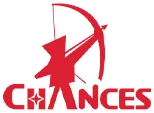
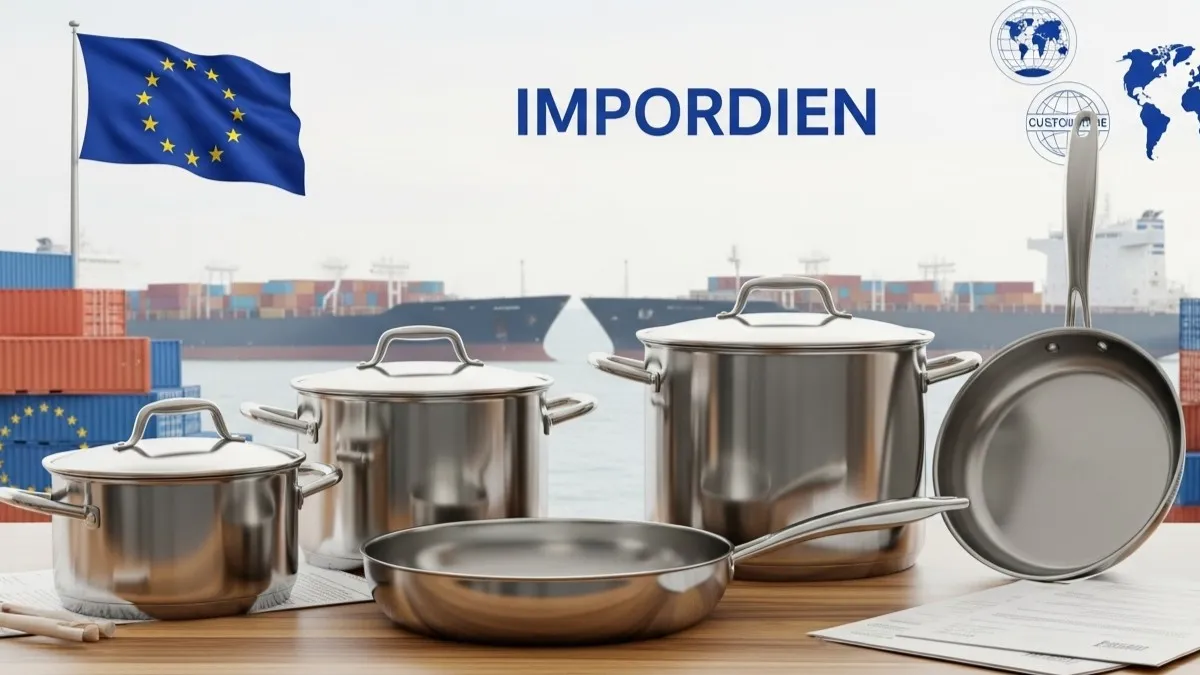
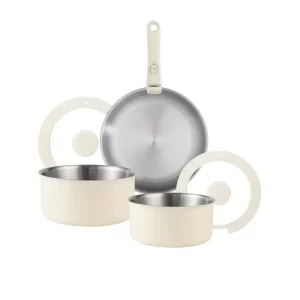
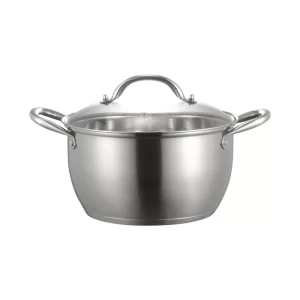
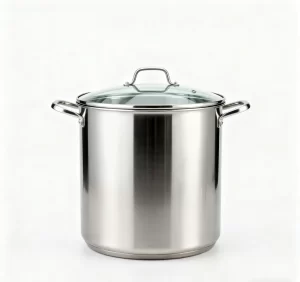
-300x282.webp)